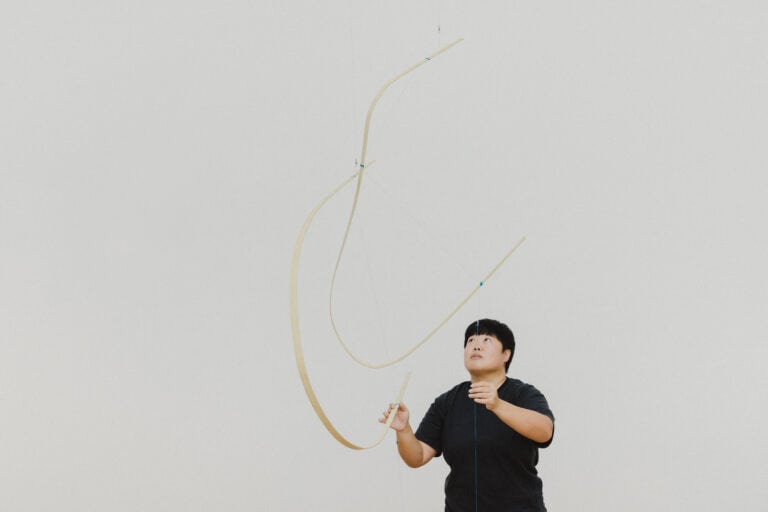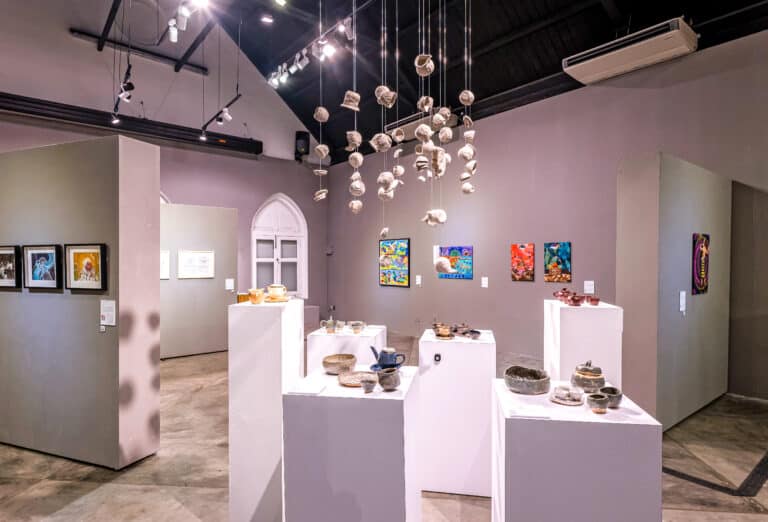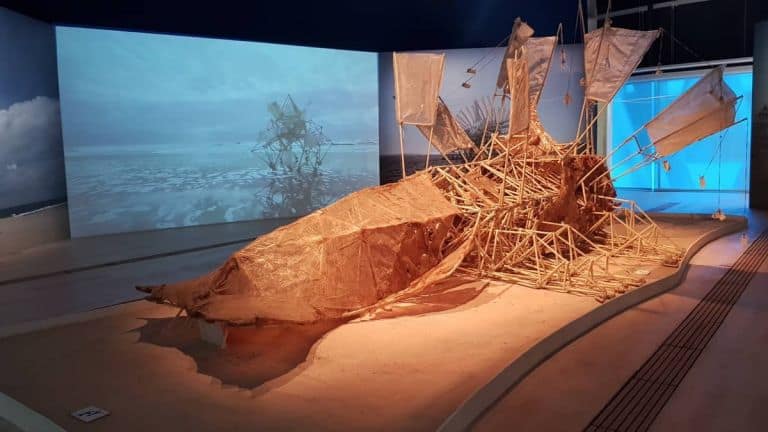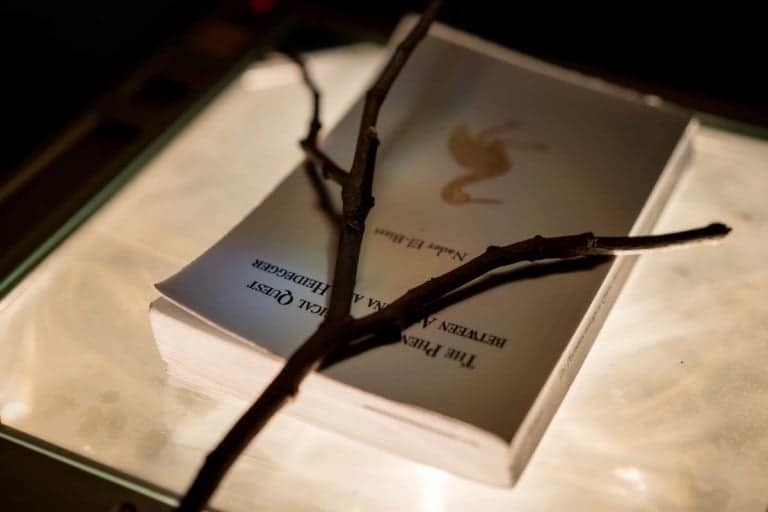Lim Cheng Hoe: Painting Singapore is all about memories.
Memories of an artist who loved watercolour, life and Singapore.
Memories of a time long ago, the vestiges of which remain now, and may well linger in time to come:
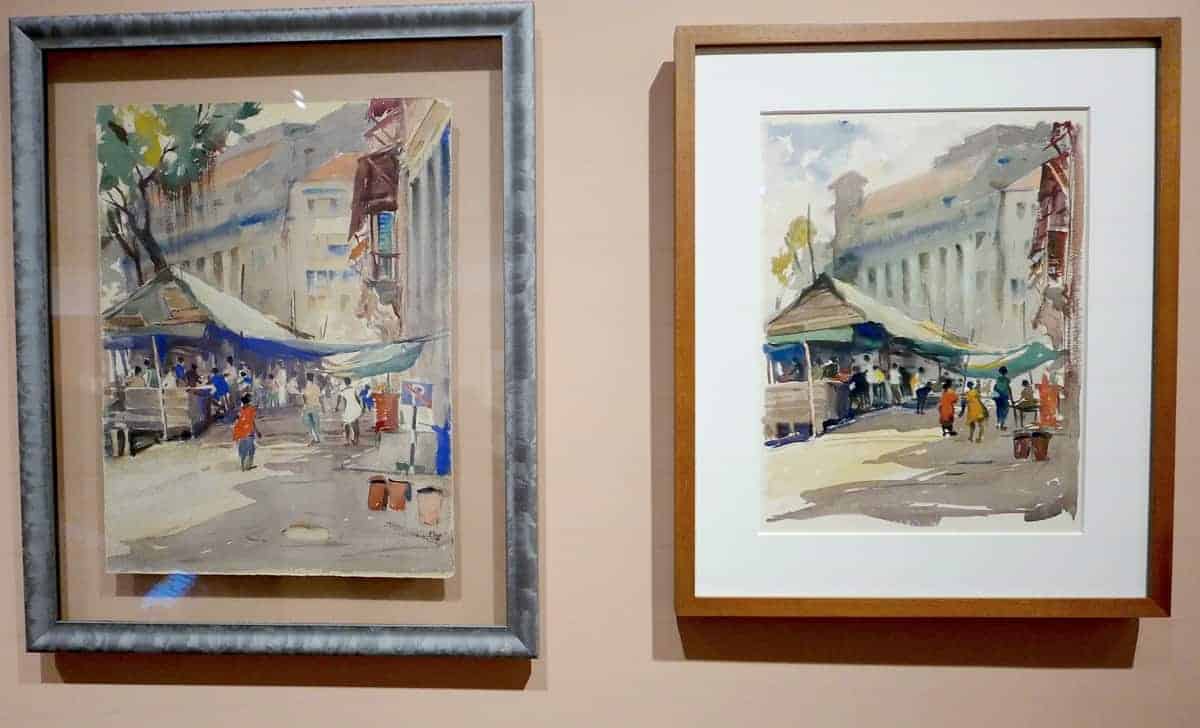
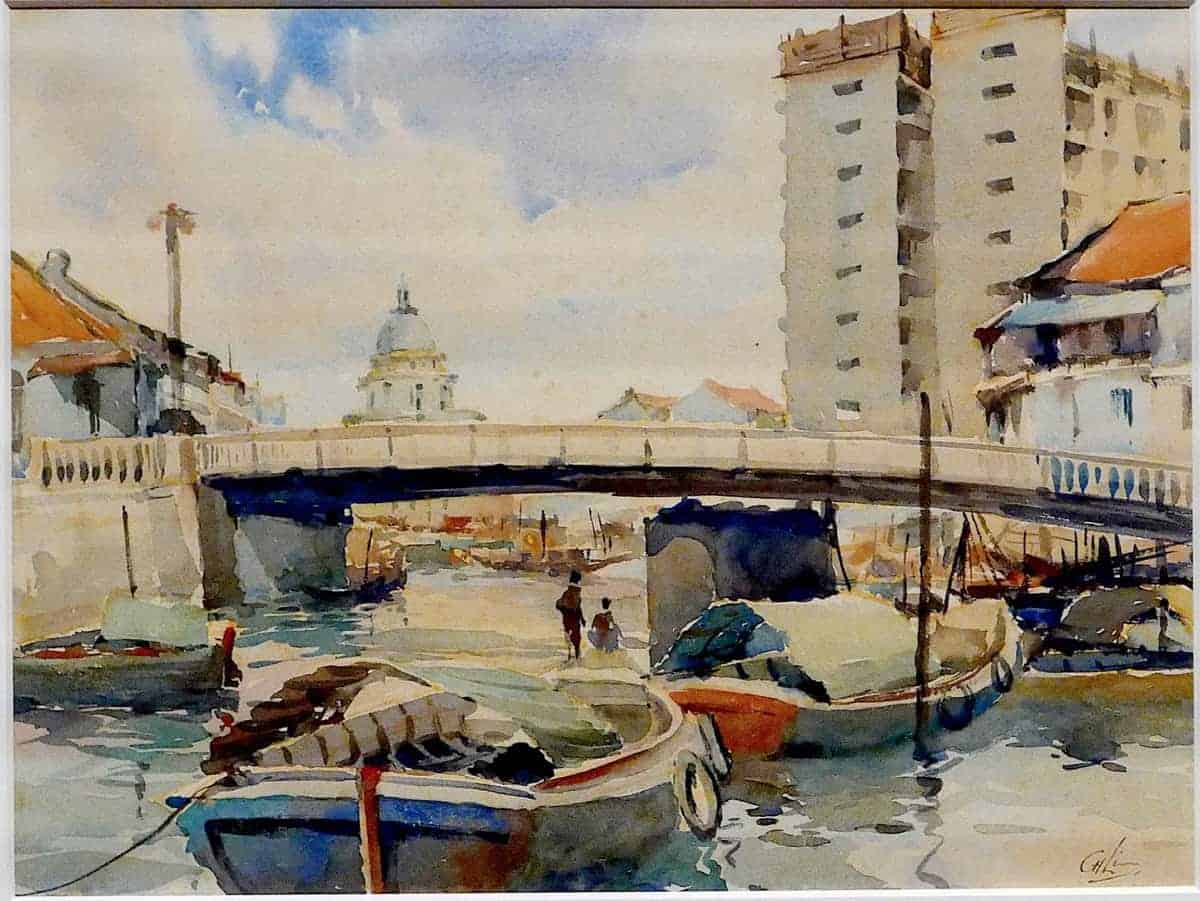
Lim Cheng Hoe (1912-1979) was never a full-time artist. He could not afford to be one – a struggle that remains very real for aspiring artists today. Despite being a “part-time” weekend artist, Lim is acknowledged as one of the finest watercolour artists of his generation. As a celebration of Lim Cheng Hoe’s life, dedication and practice, the National Gallery Singapore is presenting an exhibition of more than 60 works and artefacts, drawn from the artist’s family, as well as public, private and institutional collections.
Although he is best known for watercolour landscapes, still life and portraiture are also important parts of Lim’s practice. Including portraiture works in pastel and chalk, and an oil landscape work, the exhibition provides a glimpse into lesser-known aspects of Lim’s artistic developments.
After personally dabbling in watercolour art for years, I was particularly excited to see Lim’s works in real life. (The last exhibition of Lim’s works was held in 1986 at the National Museum Art Gallery!)
Watercolour is an unforgiving medium that requires fast, precise execution. Often, works are painted plein-air (i.e. with the artist present on-site to paint the landscape before him), and so watercolour paintings tend to be smaller in size. At first glance, watercolour paintings may lack the wow factor of supersize oil paintings. However, watercolour certainly punches above its weight (or size) in terms of technique and expression. The watercolour works of Lim Cheng Hoe are perfect illustrations of the sheer technical dexterity that watercolour demands. The transparency of the colours in the wet-on-wet technique (i.e. where wet paint is applied to damp, or wet paper) reflects Lim’s proficiency in the control of water, the brush and the colours applied – a level of excellence that even established watercolour artists today aspire to.
Lim’s most representative works depict Singapore River scenes and the attap huts in the kampungs (villages):

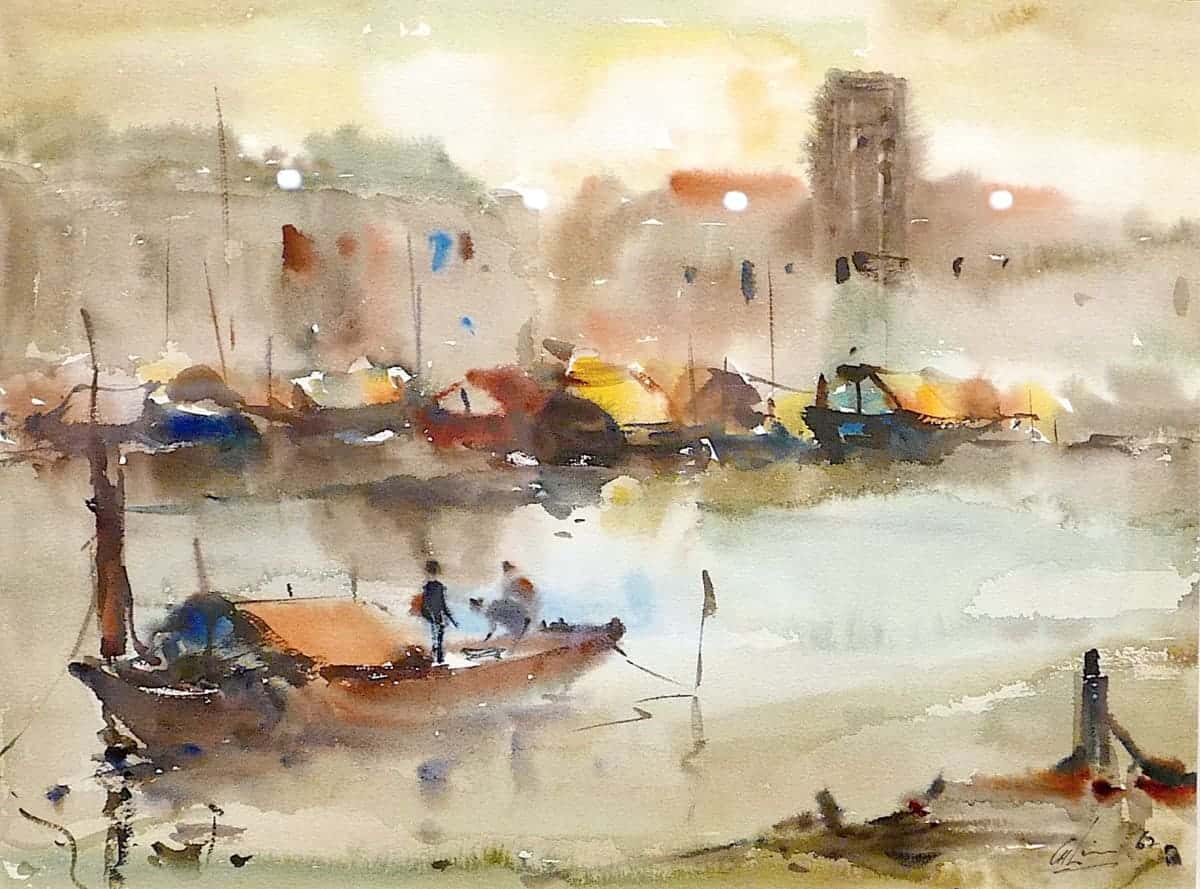
The skies and reflections of Lim’s water scenes particularly demonstrate his proficiency in the watercolour medium. In the hands of a lesser artist, these picturesque scenes could easily become unseemly blotches of water and colour.
See, for example, my own flawed attempt at a landscape watercolour:
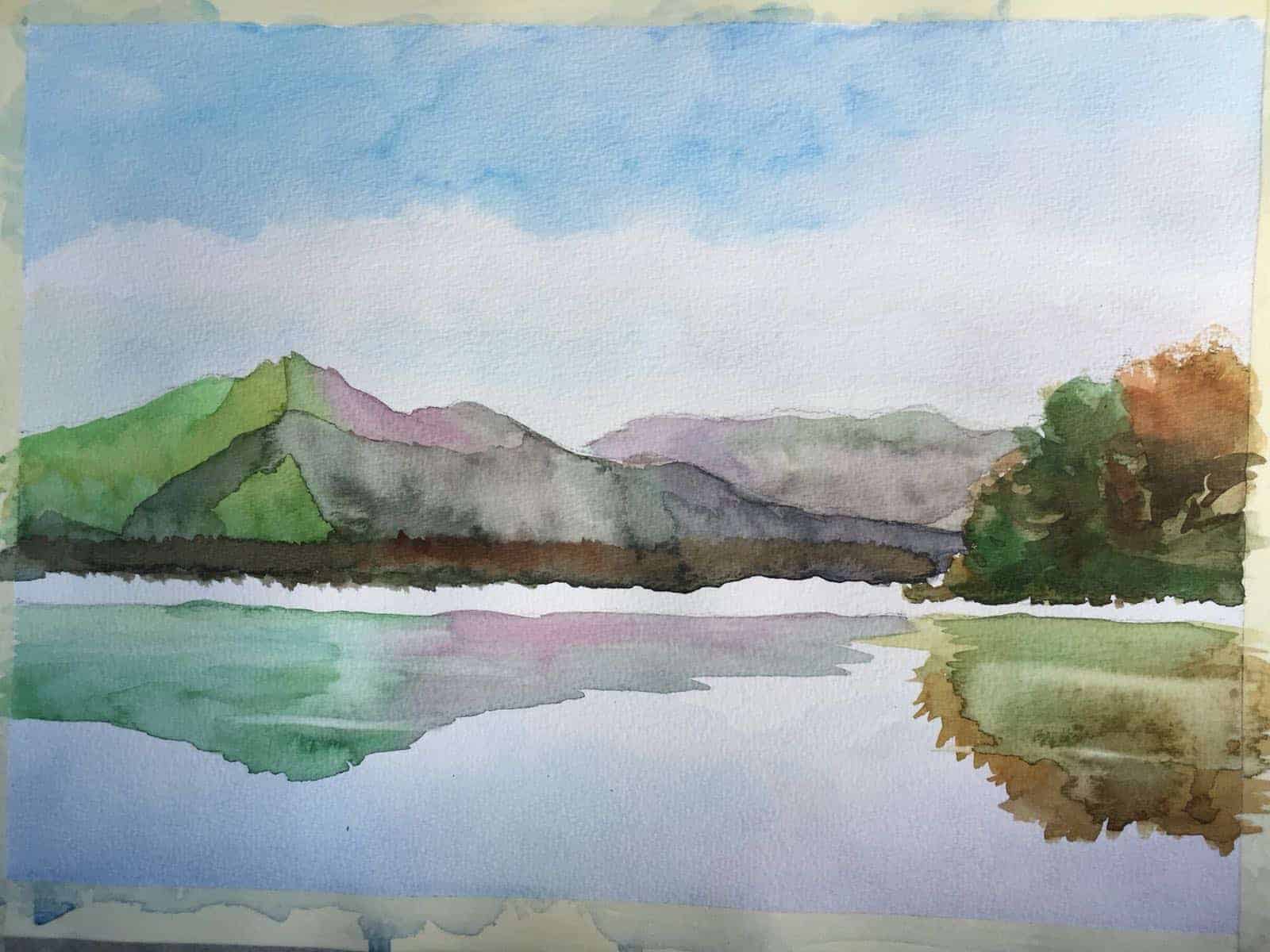
For a look at what a properly executed landscape should resemble, consider the precise lines of this work, from my own painting teacher and former President of the Singapore Watercolour Society, Seah Kam Chuan:
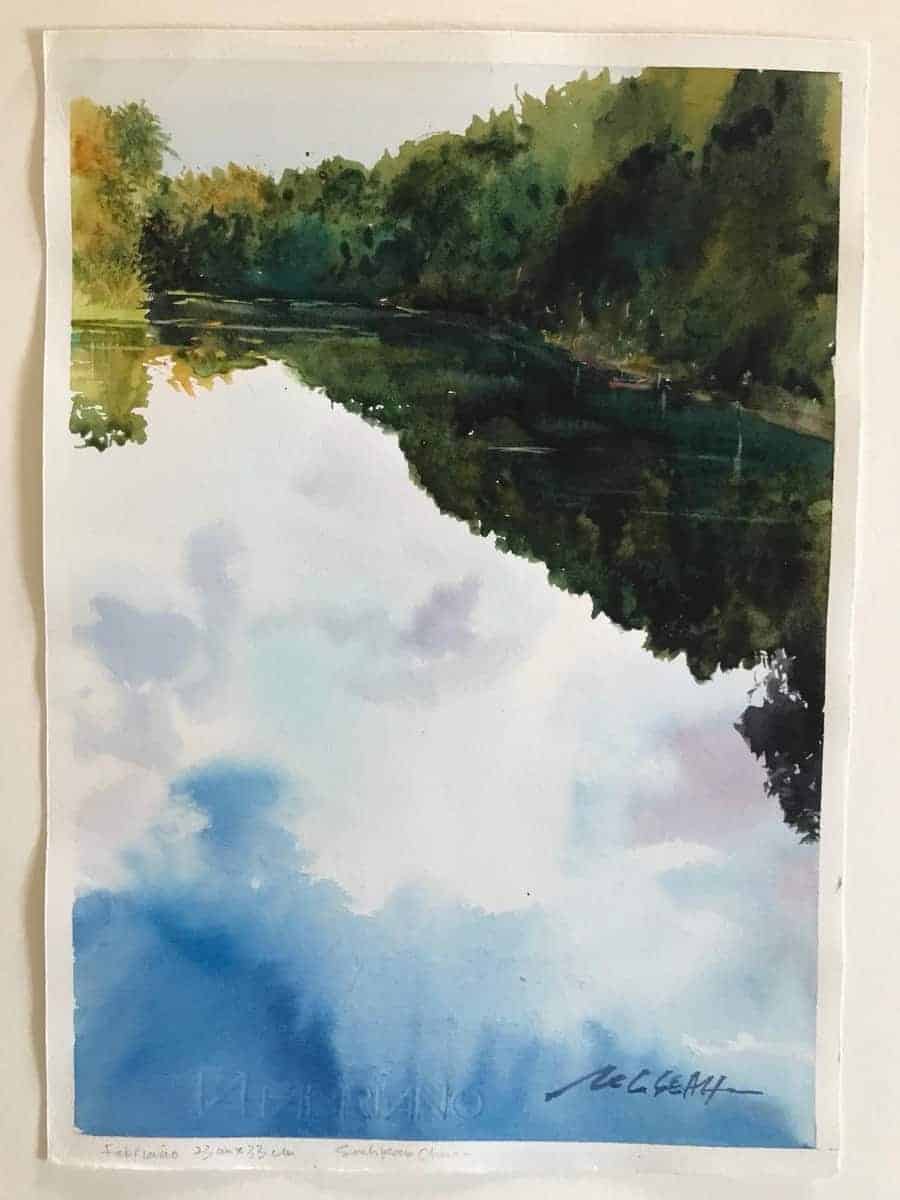
Coming back to Lim Cheng Hoe, it is a well- known fact that Lim is widely regarded as “The Master” in the local watercolour fraternity. Credited as one of the founders of the Singapore Watercolour Society, he played an influential role in the development of watercolour in Singapore. The influence of Lim’s practice can also be seen in the works of younger artists like Gog Sing Hooi and Ong Kim Seng.
Through painstakingly deciphering Lim’s tiny handwriting in his diaries, the Gallery’s curators have attempted to map Lim’s artistic journey both literally and figuratively. Lim and his fellow watercolour artists would travel to different locations on Sundays in search of suitable scenes to paint. His body of works of the Singapore River, kampungs across the island, and construction sites form a beautiful visual narrative of Singapore’s modernisation from the 1930s to the 1970s:
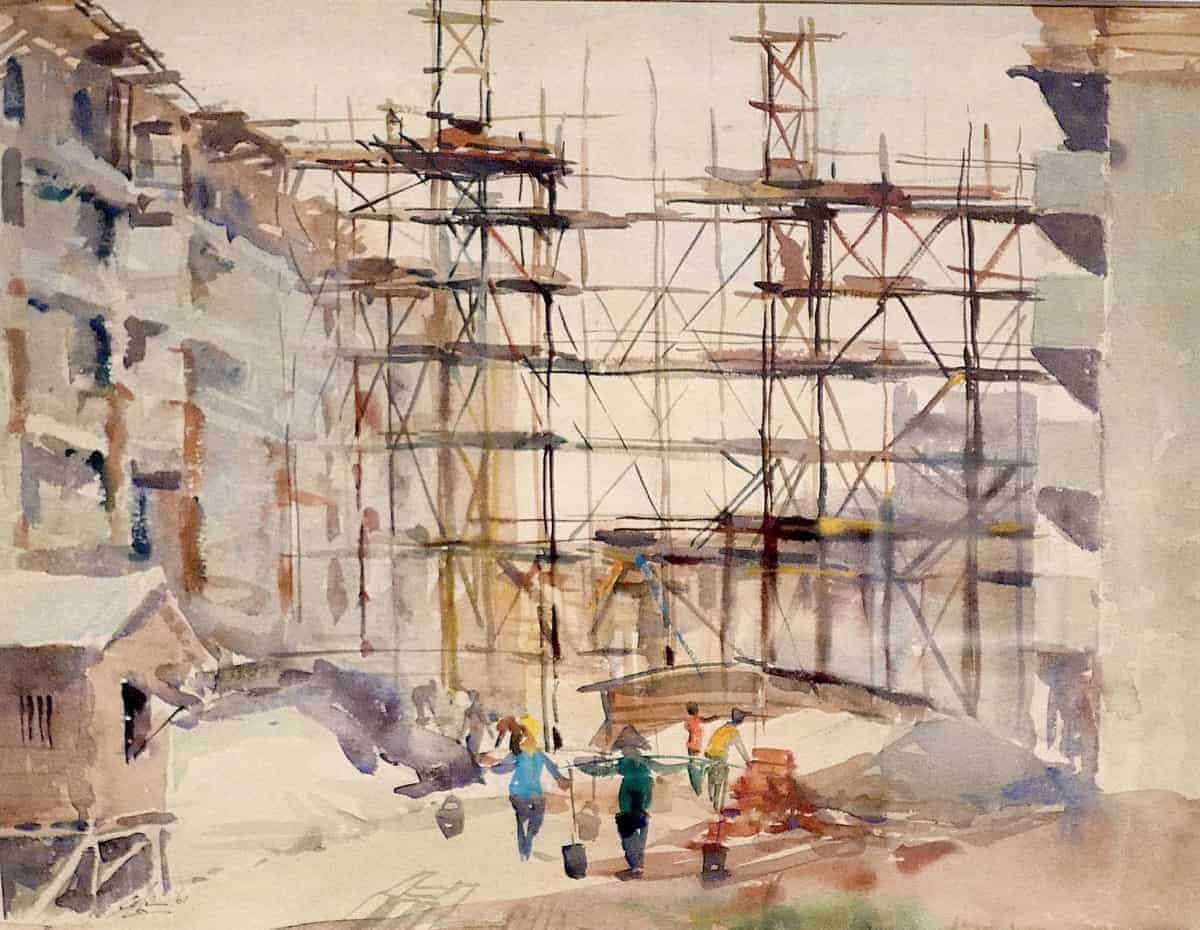
However, one should be aware that this narrative was difficult to follow as Lim almost never dated or titled his works. By cross-referencing his diary entries against Lim’s works, the Gallery’s curators have enabled viewers to better understand both the trajectory of Lim’s practice and the developmental journey of Singapore during a period of decolonisation, self-governance and independence.

Lim Cheng Hoe: Painting Singapore is a homecoming of sorts for artist Lim Cheng Hoe. As a civil servant, he spent 30 years of his working life in the City Hall building where this exhibition is housed. The inclusion of the painting Supreme Court and City Hall (1958) in the exhibition, which showcases Lim’s perfect execution of draughtsmanship, unique brushstrokes and composition, is a particularly nice touch:
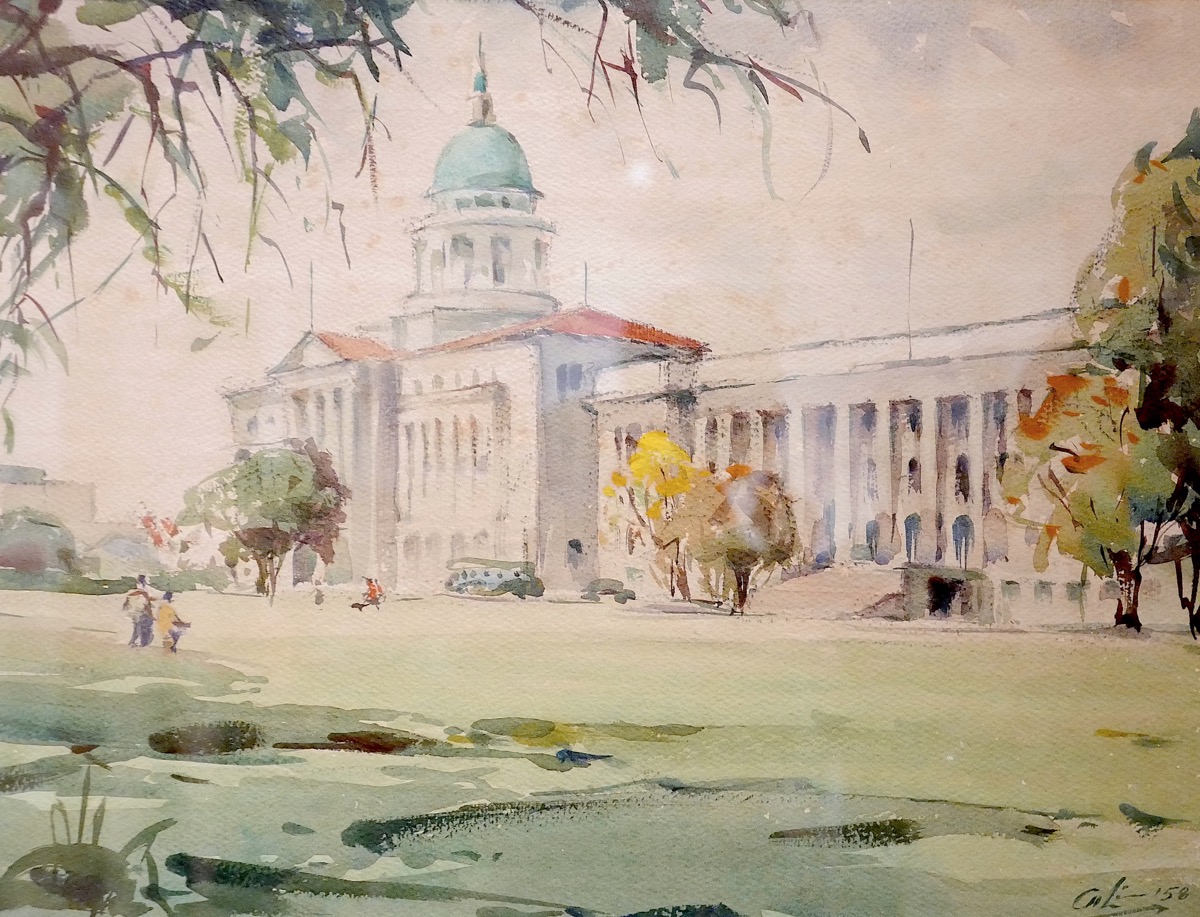
In the era of stuffed sharks and polka dots, it is refreshing to visit a modest exhibition without any fancy installations or artistic pyrotechnics. Under the dim, soothing light, each work showcases the ordinary everyday stories of a time long past.
A self-portrait of Lim greets viewers at the beginning of the exhibition—a personal invitation to us to partake in his stories and memories of Singapore:
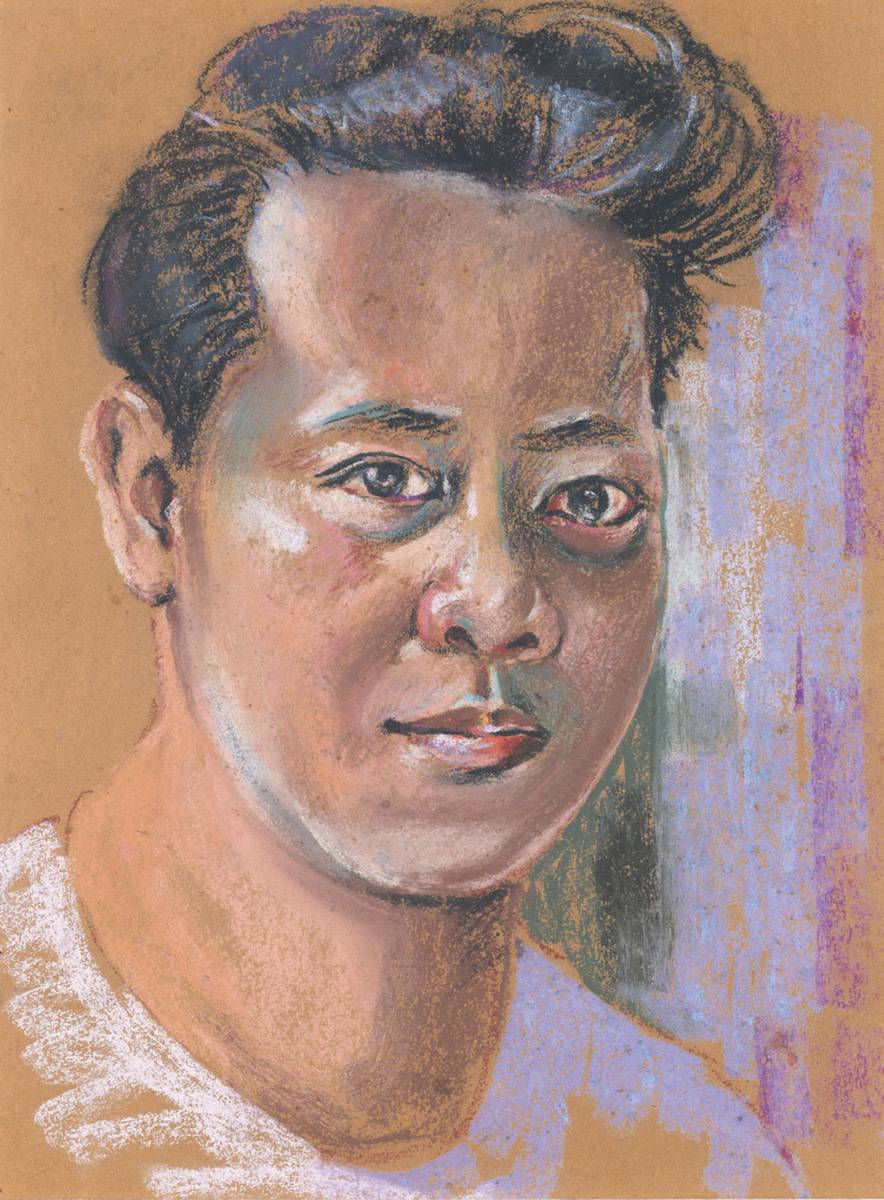
A contemplative self-portrait of an older Lim bids us farewell, at the end of the exhibition:
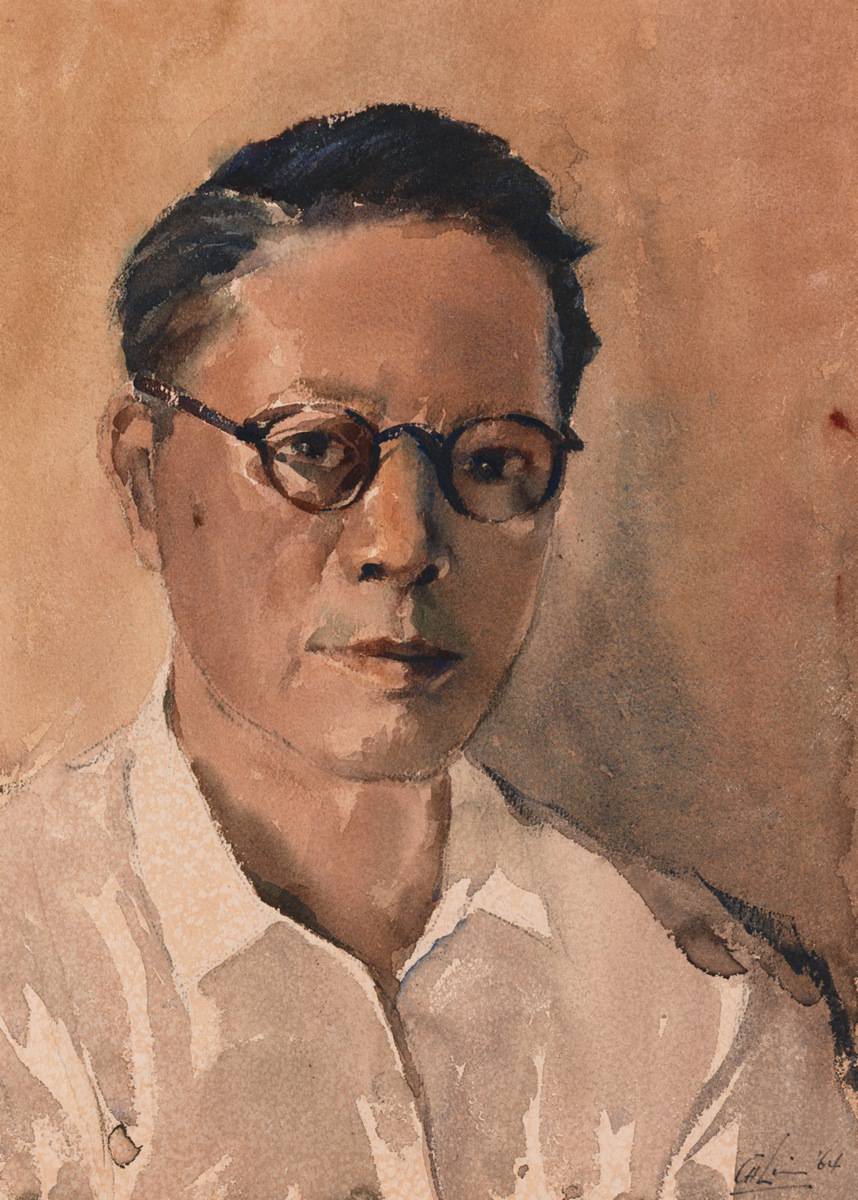
What does the artist have to say in between the hellos and goodbyes?
To me, the answers could be found in Lim’s works, in the harmonies of the colours used, and in the artist’s impressions of Singapore during his lifetime.
Visit the show and see for yourself how this master of Singapore watercolour might speak to you!
Lim Cheng Hoe: Painting Singapore is on at the National Gallery Singapore till 9 June 2019.






